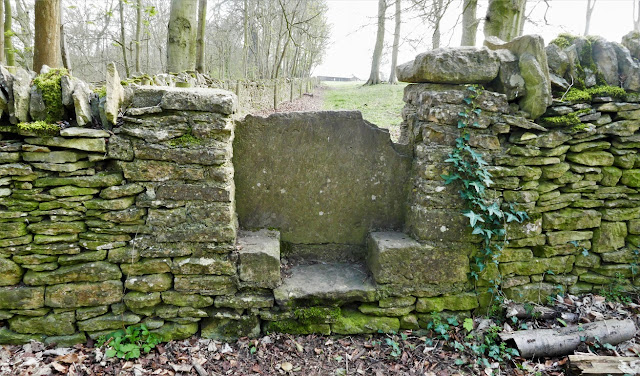Stiles, or perelazy in Ukrainian, are structures that provide people with a way to easily pass over a fence while at the same time preventing farm animals from passing through. Stiles are found in the countryside around the world and come in all kinds of forms. In the Carpathians, they are typically made of wood, and even in just one village I came across several different types. Perelazy from the beautiful Hustul village of Kryvorivnia Perelazy have even found their way into Ukrainian folklore: there are dozens of folk songs that feature perelazy in their texts. Ой не світи, місяченьку та й на той перелаз (Oh, moon, don't shine on that perelaz) In fact, you can even karaoke sing about perelazy ! Перелаз, мій перелаз (Perelaz, my perelaz)






